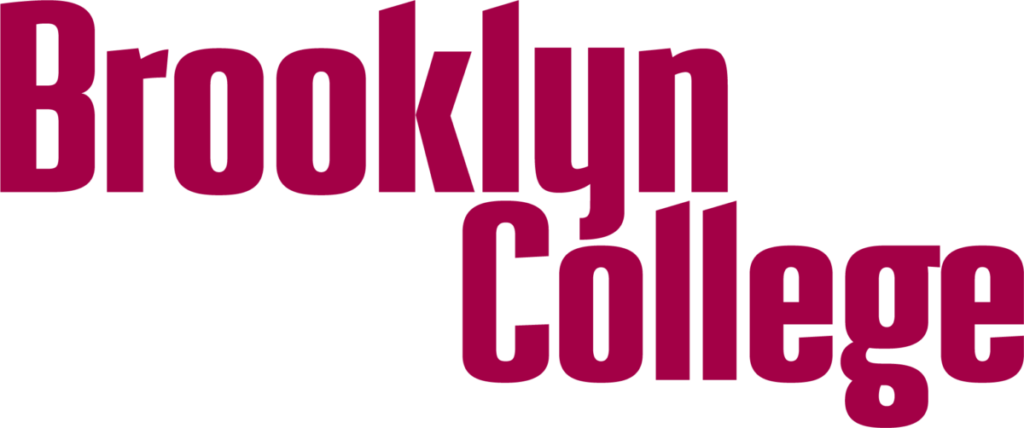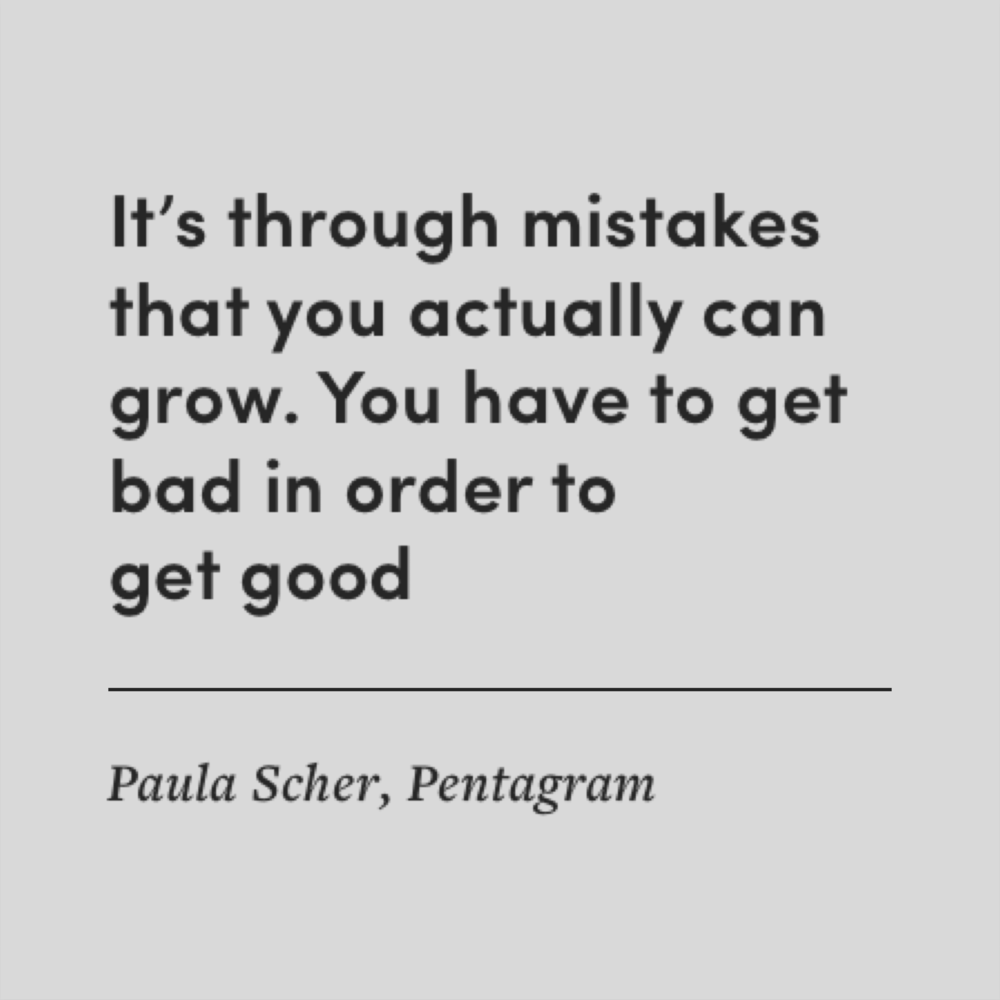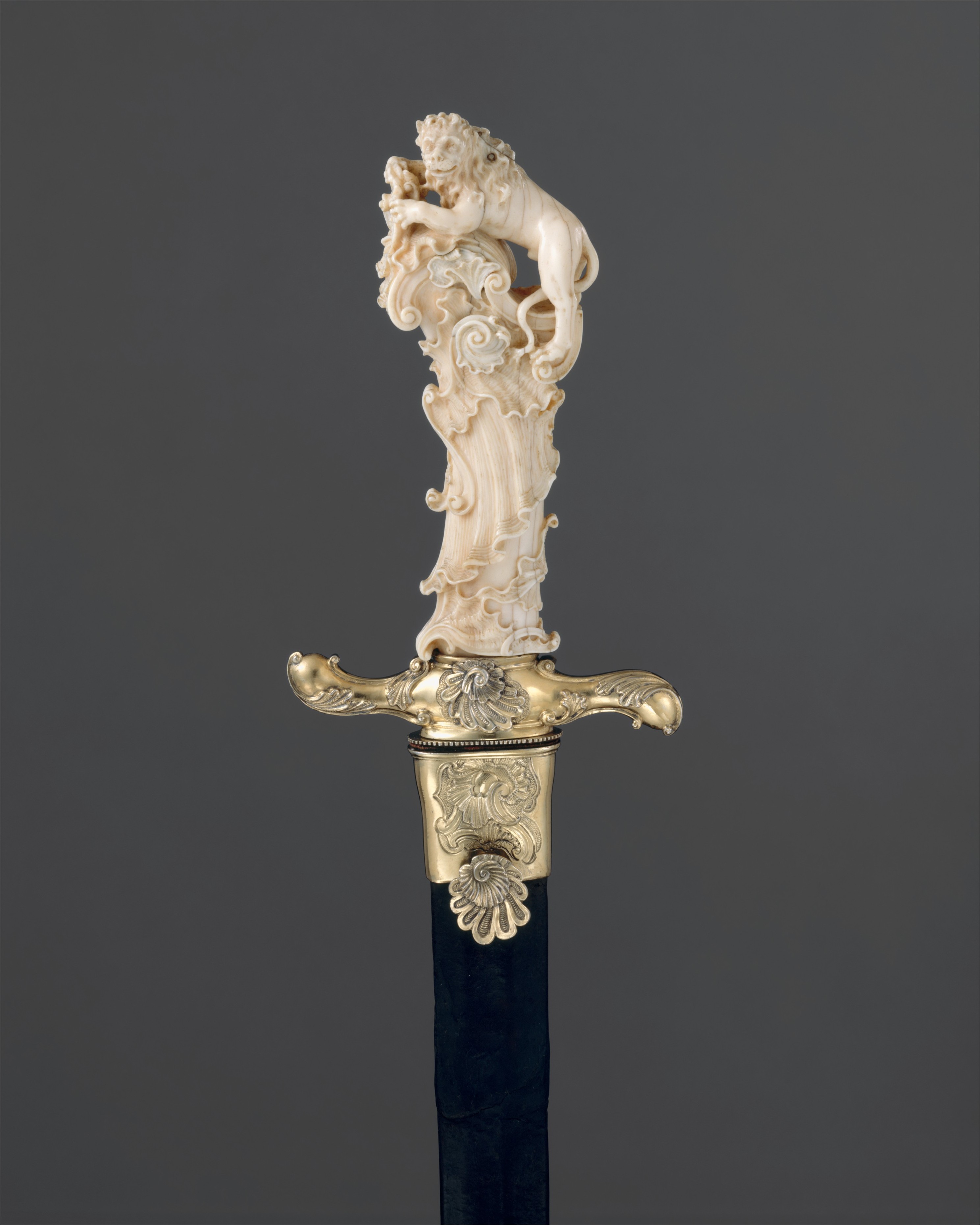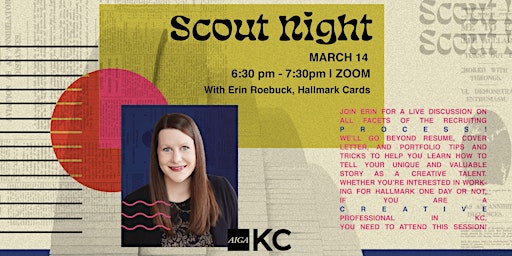Throughout my journey interning for Brooklyn College, I learned a lot. For the first time, I had to follow a brand’s visual guidelines, and stick to certain colors, typefaces, and rules for everything that I designed. I’ve made visual identity guidelines for projects in the past, but I’ve never had to follow existing guidelines before. For a while in the beginning of my internship, I had to carefully read through and study them to make sure I fully understood who and what I was designing for, and why I was doing it. Every time I designed something, I would refer back to the guidelines and make sure that I was doing things properly. I also learned a bit about file accessibility and making files easier to view and navigate. Even though I’m a designer, my experience with Adobe Acrobat was limited. Learning about accessibility and more about Acrobat made me realize that some things aren’t really taught or talked about in classes. It’s something that everyone should know about and know how to check and fix, as it’s very important when it comes to allowing as many people as possible to view a file, especially one that you’ve worked hard on.
Throughout my internship, I think that I’ve done well. I was on time for every Zoom meeting, followed through on my assignments, communicated well, and showed genuine interest in my projects. However, this was my first major internship, and I’m a naturally quiet person, so I think that I could’ve voiced my opinions more, or just said more things in general. At the start of this internship, I had much more of a “speak until spoken to/get the work done” mentality, but I slowly opened up and started to ask more questions and talk to my peers more about the work we had to do. My experience was extremely positive, as, in my opinion, the people make it worth it. I was fortunate to have such a kind, friendly, and understanding supervisor, as well as competent, hard working peers who knew the work and what they were doing. They were all always there to help and answer any questions or concerns I had. I recently got into the CUNY Career Launch internship for this summer through this one, and I’m looking forward to possibly working with Brooklyn College again.















